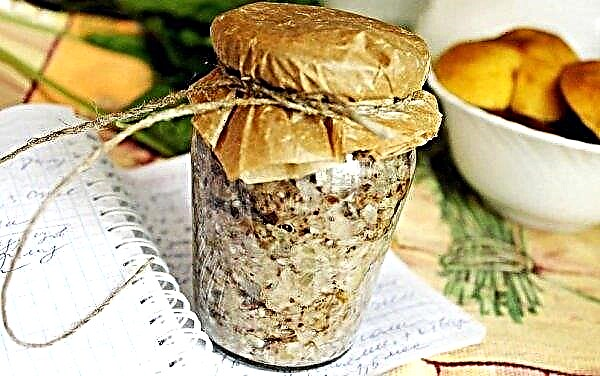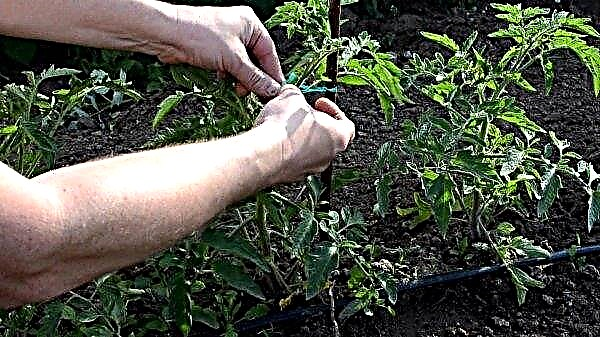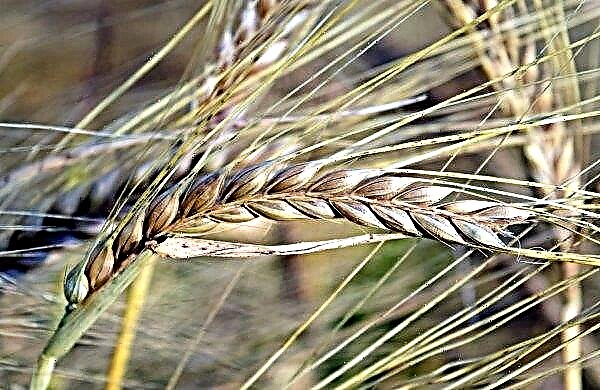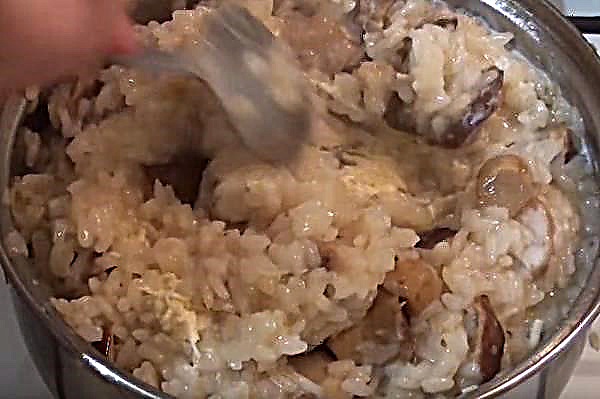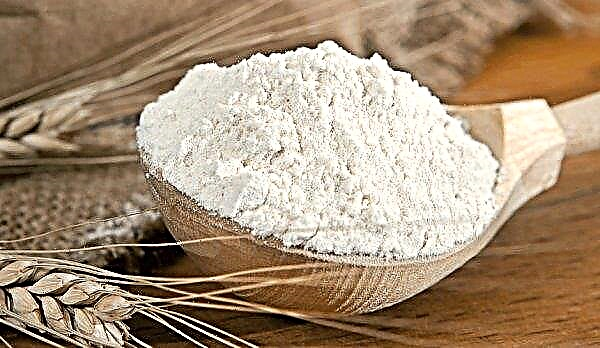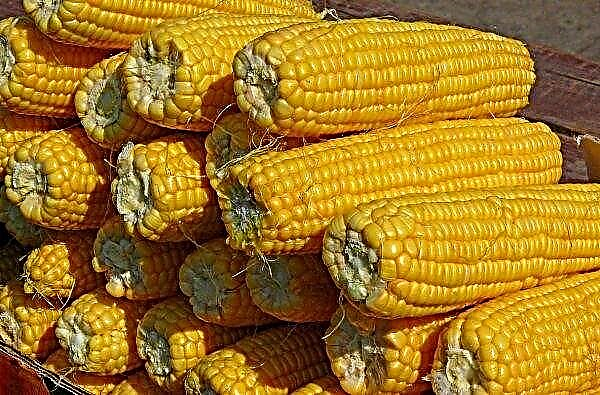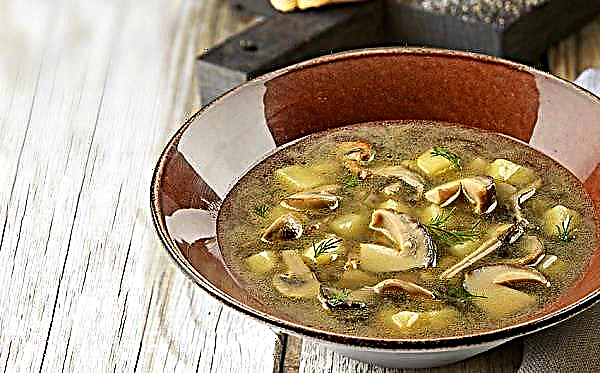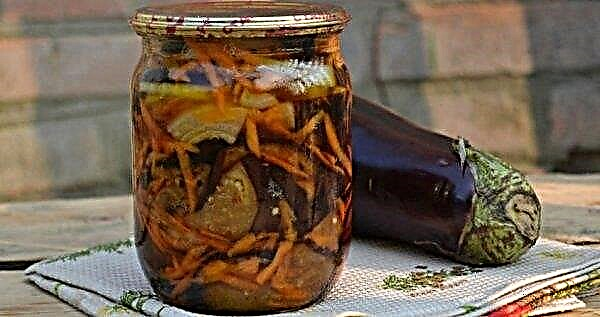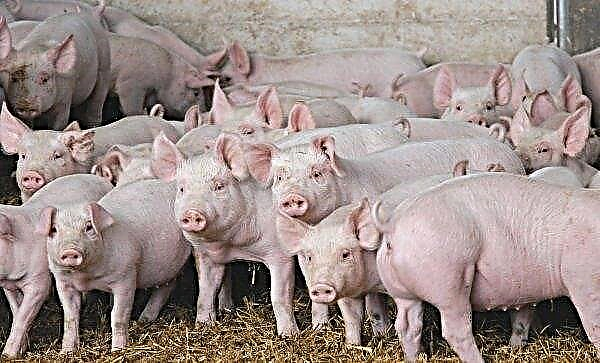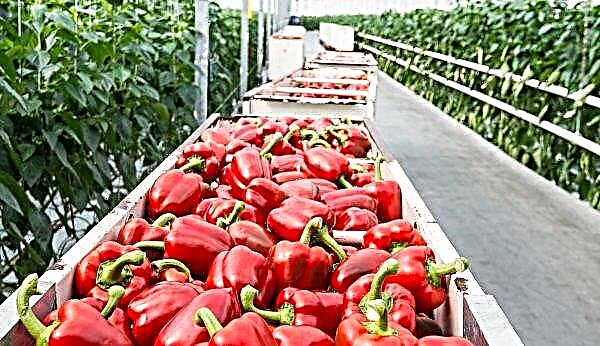Like other vegetables, pests threaten pepper. Consider what damage slugs can cause and what options exist to deal with them.
What do they look like and what harm do they bring?
Small gastropods without shells with an elongated body. Length varies by species. Have 2 pairs of tentacles. Upper, longer, are responsible for vision, lower - for sense of smell and touch. The diet is diverse, so all vegetable crops on the site can suffer.
Important! Slugs cannot tolerate direct sunlight, heat, and drought.
Activity is shown mainly at night or during the day in rainy weather, so slugs are not so easy to notice. They like dampness, moisture and shaded places. Hiding under stones, foliage. After the winter, activity begins when the air warms up to +18 ... + 22 ° C.
Some species are extremely prolific and can lay up to 500 eggs per season. In the fall, make the last clutch and die. Eggs hibernate in the soil, and in spring, small slugs hatch from them.
In nature, slugs perform the function of cleaners: they eat plant debris and fallen foliage, and are also food for many animals. However, appearing among cultivated plants, they become unwanted "guests." In open spaces are not so dangerous, and it is more difficult to bring all individuals in the garden. But in the greenhouse it is important to remove them, otherwise you can lose the entire crop.
In addition to eating fruits and leaves, slugs still cause plant diseases. They tolerate spores of fungi, due to which vegetables can suffer from late blight, gray rot, powdery mildew. Even if the fruit is not too eaten by the pests, their keeping quality will significantly decrease. In addition, slugs can be carriers of parasites: tapeworms.
Causes and signs of occurrence
Reasons why slugs appear in greenhouses:
- too high air humidity (more than 80%) due to lack of ventilation and excessive watering;
- thickened planting;
- mulching with materials containing slugs, for example, freshly cut grass.
Signs of the presence of pests:
- the appearance of silver traces on leaves and soil;
- small holes appear on the fruits and leaves.
How to deal with slugs?
There are many methods of struggle. Simple, but not the most effective - manual collection of mollusks and dumping into a container with saline or soapy solution. Consider more effective and convenient methods.
Mechanical way
It is possible to use traps and barriers in the greenhouse. To do this, arrange small containers filled with kvass, beer (slugs are attracted to the smell of fermentation) or juice, after which individuals caught are periodically selected. Another way is cornmeal. After eating it, the slugs die.
As barriers between rows, sprinkle with crumbled eggshells, shells, needles, nutshells or small pebbles. All this injures and drains the delicate surface of the mollusk. You can also tear out the grooves and fill them with quicklime, ash, ground pepper. The gastropods cannot crawl through such obstacles.

Lime burns clams. But with initial contact, they produce a lot of mucus, which washes away the irritant. And with repeated exposure, they die. The same principle of action and some chemicals. Therefore, if there is a recommendation to re-process this or that means, you should strictly follow the instructions.
Also on sale are flexible plastic tapes with curved edges, which slugs also cannot overcome. And copper rings, in contact with which the mollusks receive an electric discharge.
Between the rows you can spread the tops and leaves that these animals love, and in this way they will accumulate in these places. And if you lay out pieces of plywood and boards, the slugs will hide there. And in the morning you can immediately collect the accumulated pests.
Did you know? The Indians fought off the attacks of the Spaniards with the help of red pepper sprinkled on smoldering coals.
Phytomethods
Not all plants are edible for slugs. Some they bypass. These include: garlic, sage, thyme, rosemary. Therefore, you can plant these plants between rows and around the perimeter. Mustard and garlic infusions are proven and widely used remedies.
Chemicals
Chemicals are effective, though more dangerous than previous methods. Sometimes you have to resort to such means when the plants have already grown strongly, and there is no way to pull out barriers, and baits do not work very well. Consider how to process peppers to quickly destroy pests.
Metaldehyde granules are one of the most popular for controlling slugs. They are scattered between the rows, which attracts and destructively affects pests. The chemical is dangerous for humans and animals, so use it with caution. Helps with single use.

There are many offers on the market, such products may also include aluminum sulfate, copper sulfate, compounds of tin, lead, bleach. The most famous drugs: Meta, Sludge Eater, Ferramol, Thunderstorm.
You can sprinkle superphosphate or potassium salt 30 g / m² in the beds. There are also biological products that contain nematodes that kill slugs. On our open spaces are not yet very popular, but safe for the environment. Iron phosphate products dehydrate mollusks. Copper containing preparations are also suitable.
When choosing chemicals, you should carefully study their possible effects on living organisms and the environment.
Important! It is not recommended to spray the poison during the fruiting period. If you still had to do this, you must remember to thoroughly wash the fruit.
Folk methods
It is better to use safe folk methods, for example:
- garlic or hot pepper is crushed in an amount of 100 g and diluted in a liter of water. Insist a day, dilute with another 4 liters of water and spray the bushes;
- watering with hot water (+40 ... + 50 ° С) of the mulching layer, in which slugs can be;
- mustard powder 150 g is mixed in 10 liters of water and the plants are sprayed;
- put dried nettle and other fragrant dried herbs under pepper bushes;
- sprinkle the ground around with hot spices: ground pepper, mustard;
- caffeine is detrimental to mollusks; you can spray the bushes with a solution of 2 teaspoons of coffee in a glass of water;
- peppers at night can be covered with a film. Mollusks will gather under it, and during the day under the sun they will die from fever;
- a mixture of ash and tobacco dust produces pollination of plants several times a day with an interval of 5 days.

Sometimes you can meet the advice that you should fill the soil with salt, but this is not recommended: salinity will negatively affect the plants. But it is reasonable to treat the basement with a saline solution (dissolve a glass in 10 liters of water), where vegetables will be laid for storage.
Prevention
It is easier to take preventative measures than to deal with pests later. It should be remembered that slugs are afraid of drying out and temperatures above + 27 ° C, therefore, preventive measures are reduced to creating adverse conditions for them.
Did you know? At the time of the popularity of pepper, its value was so high that, in some countries, merchants in some countries could be buried alive with their goods during the trade in fake pepper.
To prevent the appearance of slugs in the greenhouse, you need:
- prevent overmoistening of soil and air, regularly ventilate the greenhouse;
- clean and loosen the soil of weeds and other plant debris;
- do not thicken the bed with peppers;
- make seedlings physically less accessible for pests: plant on raised beds, use caps or barriers for bushes, make indentations with fillers that will impede their progress;
- inspect the soil near the bushes for masonry;
- plant along the perimeter and between rows of plants that repel pests;
- check the vegetable stores, ventilate and treat with saline.
Despite the seeming harmlessness and slowness, slugs can become a real disaster in the greenhouse. Fortunately, a variety of methods to combat these pests can successfully cope with the problem. Most of them are simple and affordable to implement.

